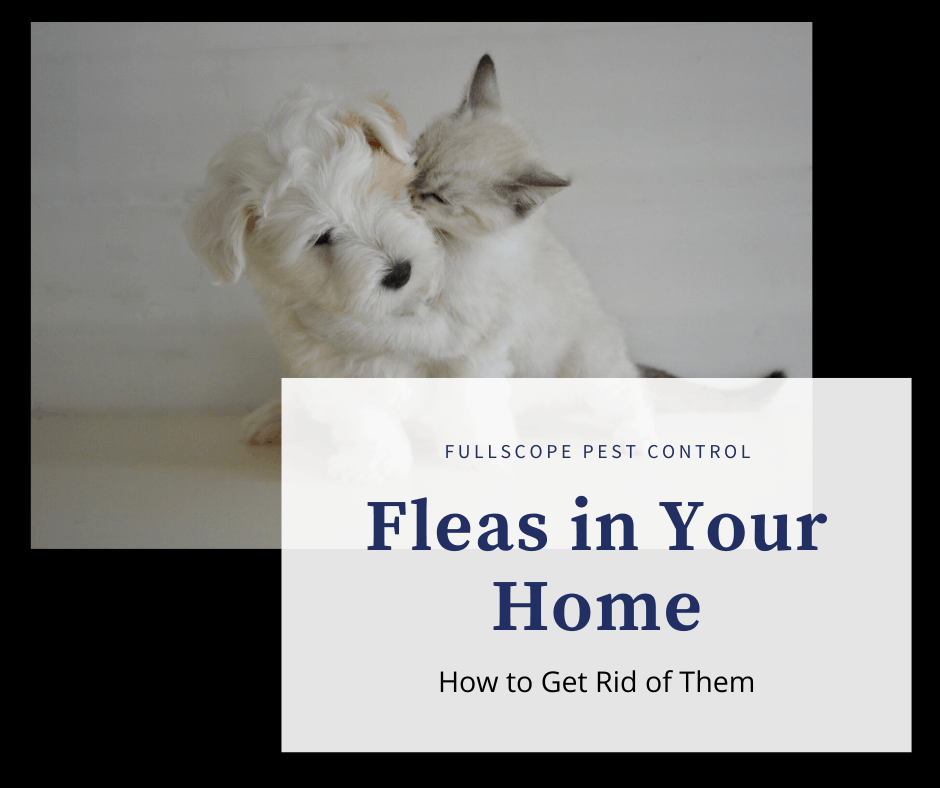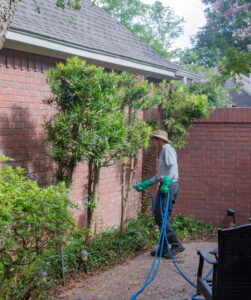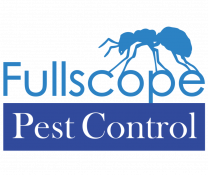FLEAS AND FLEA CONTROL: GET RID OF FLEAS IN HOMES
Fact, Identification and Control
Latin
Order Siphonaptera.
Their Appearance
- Size: They are small, wingless and have an average length of 2.5 mm
- Color: They have shiny skin. It is a reddish-brown color and they are cover with microscopic hair.
- Body Type: Their bodies are compressed in such a way they can easily move through any animal fur.
- Wing: They are wingless but can still jump long distance, giving them the chance to escape easily.
How Do People Get Fleas?
Have you ever wondered how people get fleas? Your answer is easy. Pets. People tend to get infested by fleas as a result of the contact their pets have made with these insects. Most of the time, pet’s harbor these pests whenever they are outdoor, from where their furs become the mean of transportation for the insect, which will not infest the pets sleeping place.
Preventing flea in the house or elsewhere can be really hard. You have to be proactive in the prevention of these pests in your home because as long as you have a pet, you are vulnerable to an infestation.
Hunger for Blood
Fleas live on blood meal and are therefore always in search of hosts to help their survival. Fleas problem elevates from a personal problem to that of a household when their original host becomes unavailable. They move to other hosts within the house. A good example is the case of a mouse that enters the house with fleas feeding on it. Immediately those living in the house catch the rat, the fleas are left with no host; thus, they seek new host and this time, it can your pest or even the human hosts available as long as they will get blood meal from it.
Should You Take Fleas Serious
Fleas, after feeding on their hosts, leave them with several swollen itchy marks. Some people react to these bites are liable for transmitting several diseases. Not only the human hosts will suffer from this, but the furry pets are also prone to higher trouble than the fleas.
Flea, generally, can be a big nuisance. Following a survey carried out by the CDC, it was discovered that a great number of people became ill as a result of flea bites and the number tripled between 2004 and 2016.
One other thing that many worries about when it comes to the flea is their ability to hold tight to their host. It takes a lot of time and efforts to remove them. Also, you not only waste time in getting off the hosts’ body, but you will also waste in treating yourself or the infected animal, or trying to clean the areas infested with fleas, and also trying to prevent the return of the fleas to the location.
Must Read:WHAT CAUSES CHINCH BUGS ON YOUR NEW CANEY LAWN?
How to Get Rid of Fleas?
The major plan is to contact profession pest control agents. They are well vast in the knowledge of handling these blood-sucking insects. Since you might not easily know the maturing stage of a flea, you have to contact them for assistance immediately. A lot of time, you might not get any result from using over-the-counter products because they will understand the root causes.
The technician will firstly do a thorough inspection to locate the breeding site of the flea population. When this expert is done, then he will give you a breakdown on how the cleaning process will be.
When the experts are done with their inspection, they will take move a step further to prepare a flea management plan, which includes:
- Species: They will help in the identification of the species you are battling in the home.
- Education: They will explain the life cycle of this particular species and their habit. You will also get to know the places they are most like to be, and likely behaviors they will exhibit to go around your control plan.
- Hosts: They will understand the role of animals in the growth of the fleas population.
- Vets: They will recommend the use of vet for your animals and ways to control the contact between your pets and these animals.
- Bathing: You will be advised to bath your pet regularly.
- Chemical: They will recommend chemicals that will destabilize the growth of the flea community. They will guide you through the use of growth development and how they interfere with their growth process.
- Bedding: The need to frequently wash and dry your pet bedding.
- Products: They give you control products that you can use on the location of these immature fleas.
- Inspection: You will give a schedule for their follow-up visit.
- Vacuum: They will guide you through the use of a vacuum to physically remove flea eggs, larvae, pupae and adult.






